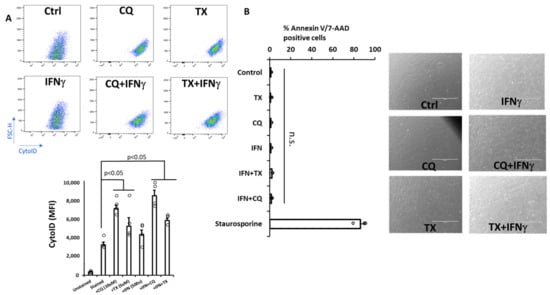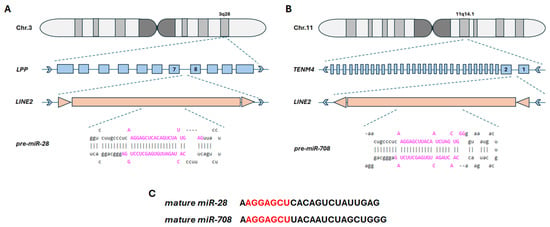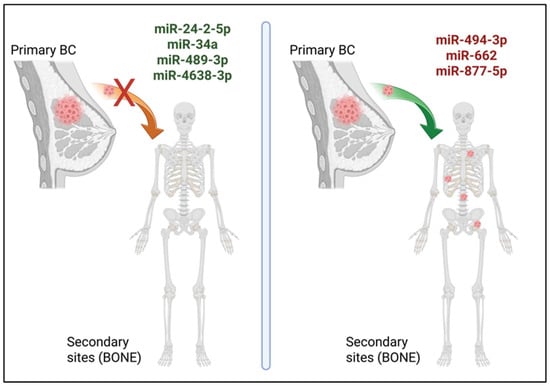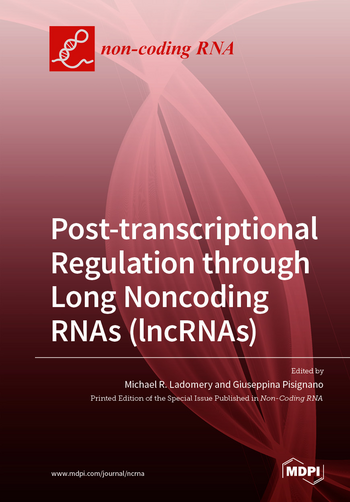- Article
Functional and Molecular Characterization of Extracellular Vesicles Enriched in Exosomes Released by Bone Marrow Mesenchymal Stromal Cells Exposed to IFNγ in Combination with Autophagy Modulators Tamoxifen or Chloroquine
- Vladimir Beljanski,
- Maria J. Moreno Hollweg and
- Renee Potens
- + 4 authors
Background/Objectives: Bone marrow mesenchymal stromal cells (MSCs) are therapeutic cells that adopt an immunomodulatory phenotype when exposed to pro-inflammatory cytokines. Recent research efforts uncovered that many therapeutic benefits of MSCs can be attributed to the secretion of extracellular vesicles (EVs) such as exosomes, small membrane vesicles of endocytic origin present in the cellular secretome. EVs’ formation and release are impacted by the autophagy pathway, which recycles proteins and organelles via lysosomal degradation. Methods: To evaluate how modulation of autophagy affects properties of MSC EVs enriched in exosomes under pro-inflammatory conditions, we treated the cells with either tamoxifen (TX) or chloroquine (CQ), two drugs known to stimulate or inhibit autophagy, respectively, together with IFNγ. MSC EVs enriched in exosomes were then purified from serum-free media, and their immunoregulatory properties were evaluated ex vivo using activated CD4 T cells; small RNA sequencing was also conducted to determine EVs’ microRNA content. Results: Our data indicate that MSCs treated with CQ + IFNγ yield EVs that possess somewhat higher capacity to decrease T cell proliferation compared to other EVs. Small RNA sequencing revealed that, although similar microRNAs were found in EVs isolated from all treated cells, the treatments exerted more effect on the levels of multiple microRNAs that are known to regulate either cancer or inflammation-related biological pathways in target cells. Conclusions: Overall, we conclude that the co-treatment of MSCs with TX or CQ in the presence of pro-inflammatory cytokine IFNγ has the potential to modulate microRNA content of EVs, potentially affecting biological properties of such EVs and their effect on target cells.
24 December 2025






